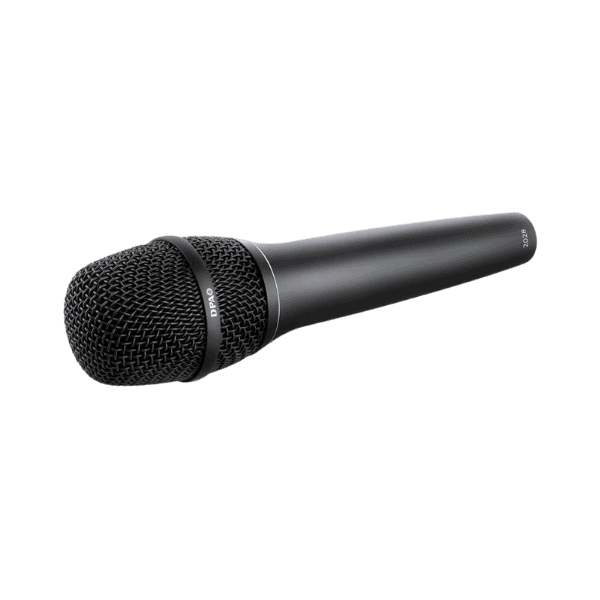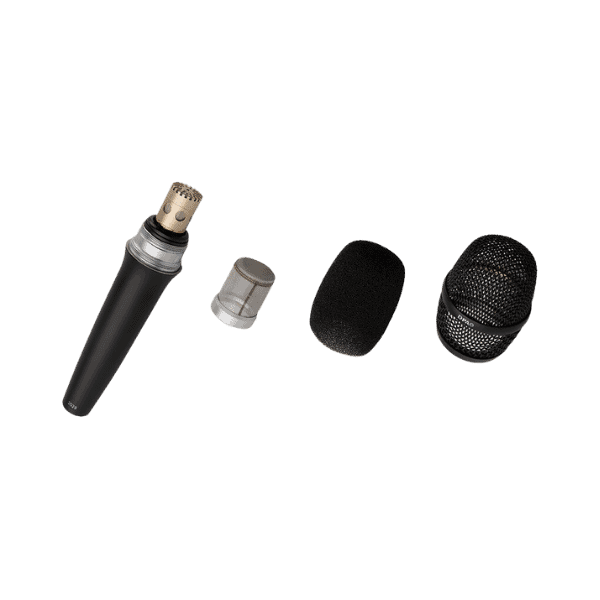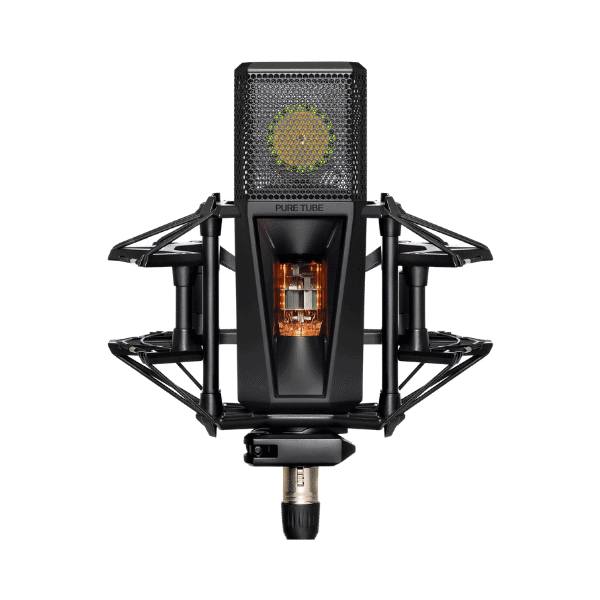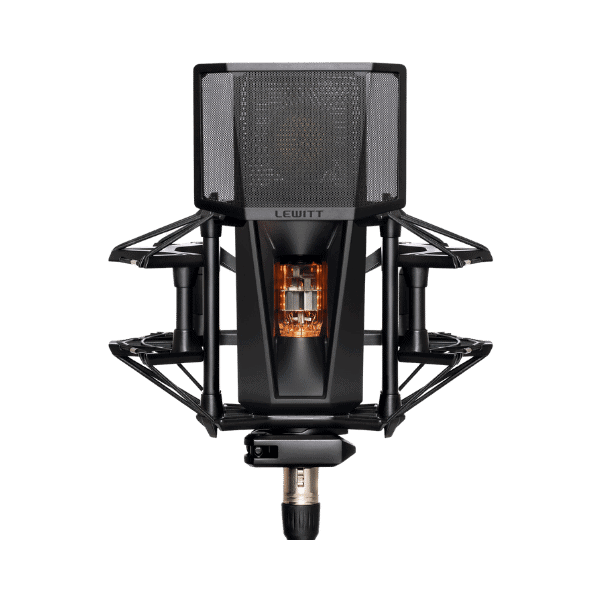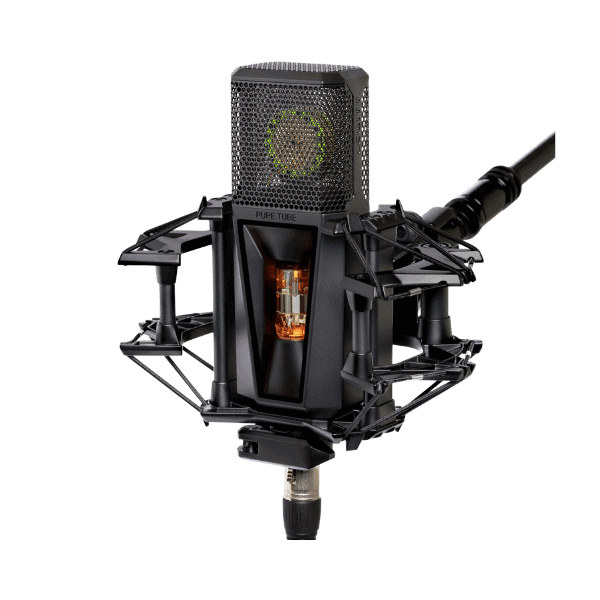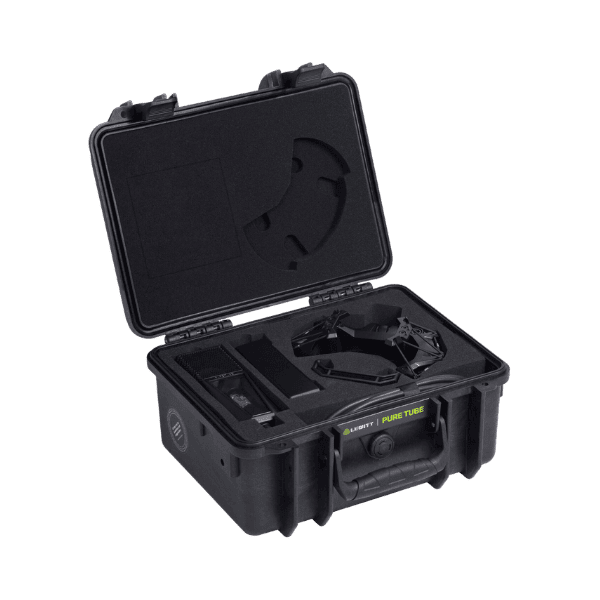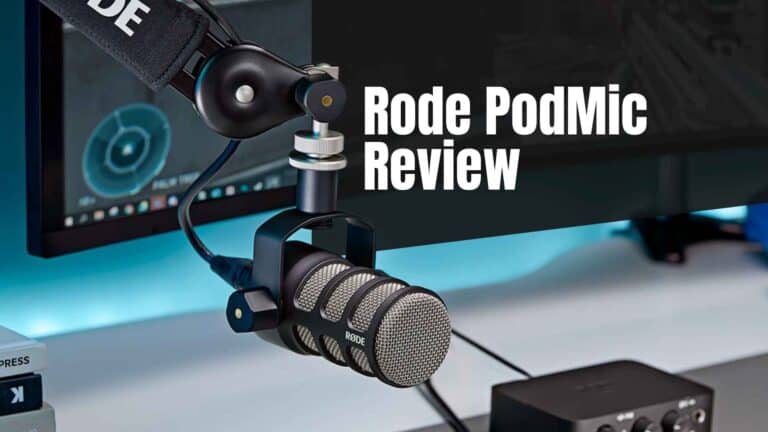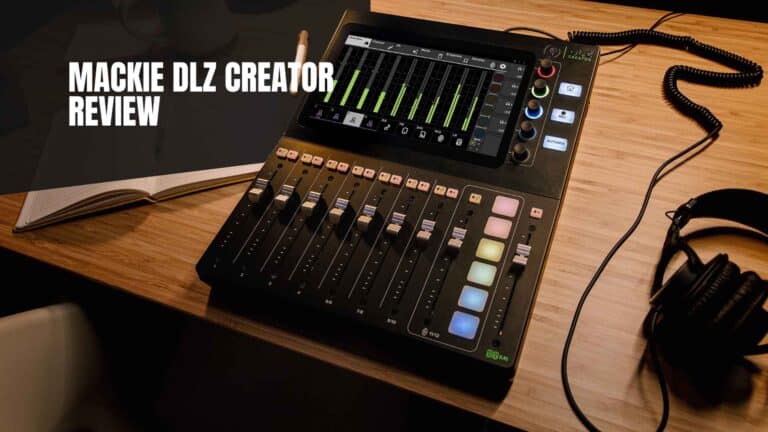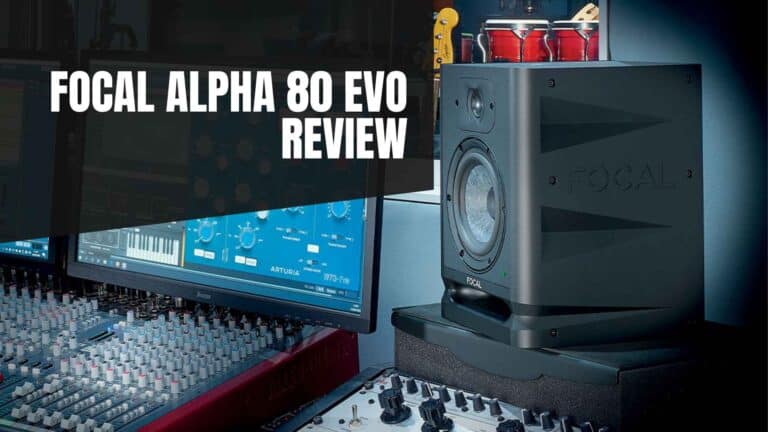7 Best Vocal Mics that Will Make You Sound like a Pro in 2023
Whether you’re an aspiring vocalist, a seasoned recording artist, or a studio engineer, the best microphone for vocals can elevate your sound to professional heights. From the studio to the stage, from the robust to the refined, each microphone in this collection offers unique features and innovations that cater to a wide spectrum of vocal needs.
In this post, we’ll explore these masterpieces of audio technology, unraveling their features, dissecting their specifications, and understanding what makes them the best microphones for vocals.
Whether you’re looking to invest in your first professional microphone or seeking to add a new gem to your collection, this guide is your compass to finding the best microphone for vocals.
What are the 7 Best Vocal Mics in 2023?
Here are the 7 best microphones for vocals:
1. Rode NT1 5th Generation – Most Value for Money Vocal Mic (US$ 249.00)
Why would you want this microphone?
You want a vocal microphone that sounds great, is versatile, and give you the best bang for your buck.
Product Info
- Microphone Type: Hybrid Condenser
- Polar Pattern: Cardioid
- Diaphragm Size: 1″ (25mm)
- Power Requirements: USB bus powered, 48V phantom power
- A/D Resolution: 32-bit floating point/192kHz
- Frequency Response: 20 Hz to 20,000 Hz
- Sensitivity: -32 dBV/Pa (25.12 mV/Pa) @1kHz
- Max SPL: 142 dB
- Self Noise: 4 dB (A-weighted)
- Output Connection: XLR, USB-C
- Weight: 308g (0.68 lbs)
- Accessories: SM6 Shockmount, XLR Cable, USB-C to USB-C cable, Dust Cover
Features
- XLR/USB hybrid connectivity
- 32-bit float digital output
- Onboard DSP with advanced APHEX controls for real-time audio processing
- Includes SM6 shock mount and pop filter
Pros
Cons

Rode NT1 5th Gen
2. Earthworks ICON – Best USB Mic for Vocals (US$ 349.00)
Why would you want this microphone?
You don’t want the hassle of having an audio interface and just want a great-sounding plug-and-play USB microphone.
Product Info
- Microphone Type: Condenser
- Polar Pattern: Cardioid
- Power Requirements: USB Bus Power
- Frequency Response: 20 Hz to 20,000 Hz
- Sensitivity: -34 dBV/Pa (20 mV/Pa) @1kHz
- Max SPL: 132 dB
- Output Connection: USB-micro, 3.5mm headphone monitoring jack
- Weight: 680g (1.5 lbs)
- Accessories: Built-in Pop Filter, orbital mic adapter, mic stand
Features
- Triad-Orbit M2-R mic adapter
- Built-in pop filter
- Analog gain of -20dB to +20dB controlled by mic gain knob
- Digital gain of -12dB to +30dB controlled by connected device or software
- Mic gain knob doubles as a mute button
Pros
Cons

Earthworks ICON










